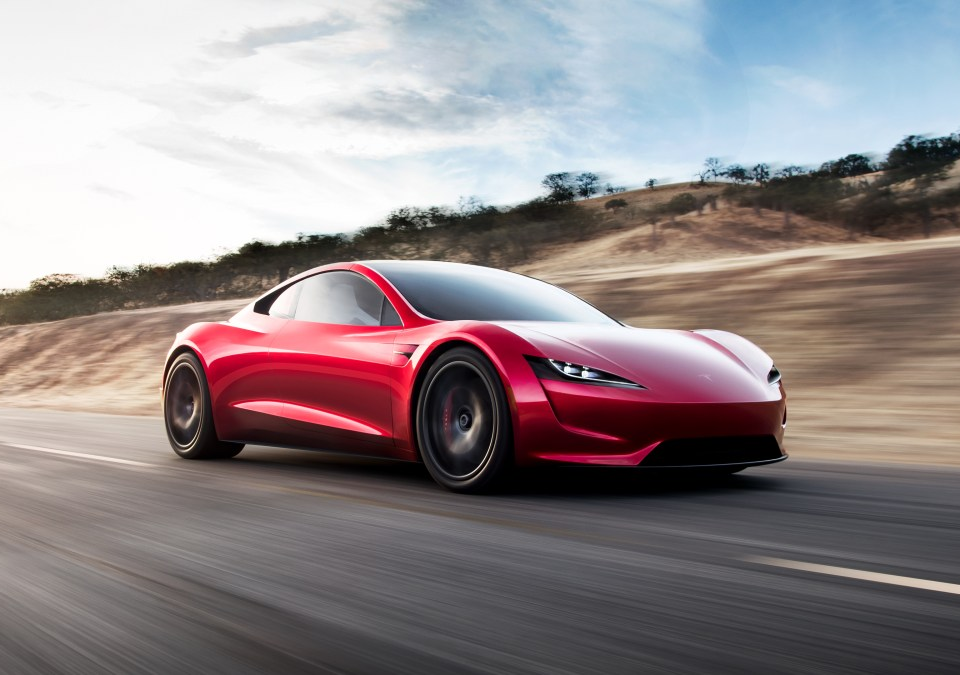
Like me, Loona the Petbot is dumb but lovable
February 5, 2023
Big factories, big trucks and big Musk: Tesla Q4 earnings expectations
February 6, 2023
Ford reported Thursday it earned $10.4 billion in net income last year, falling well below its own guidance and missing Wall Street’s expectations as the U.S. automaker struggled with supply chain issues and production instability that drove down sales and pushed operating costs higher.
Shares fell as much as 8.3% in after-market trading, before recovering. Ford shares are $14.32, down 6.15% at 6:07 pm ET in after-market trading.
Ford CEO Jim Farley said in the earnings report, and in a call with analysts, that many of its misses were in the company’s control and are being addressed.
“We should have done much better last year,” Ford CEO Jim Farley said in a statement. “We left about $2 billion in profits on the table that were within our control, and we’re going to correct that with improved execution and performance.”
Farley emphasized his optimism for Ford, noting that the company has been reorganized into three business units: Ford Blue for gas and hybrid vehicles, Ford Model e for connected EVs and Ford Pro for its commercial products. Farley said 2023 would be pivotal for the automaker. The company’s reorganization, which kicked off in March 2022, was designed to give the 118-year-old Michigan automaker the speed of a startup. It also shifted how it viewed earnings opportunities, saying it expected EVs to account for 50% of its global sales by 2030, up from 40% under previous guidance. The operating profit margin is expected to increase to 10% by 2026, up from 8%.
There were a few costly expenses that also put a dent in Ford’s bottom line. The company’s stake in Rivian, which has been steadily shrinking since May 2022, has been costly. Ford reported it took a $7.3 billion writedown on its Rivian investment.
It also wrote down $2.8 billion for its investment in Argo AI, the autonomous vehicle startup that Ford backed in 2017. Argo shut down last fall after Ford and VW, its two investors and customers, pulled their support.
Breakdown of the numbers
Ford generated $44 billion in revenue in the fourth quarter of 2022, up 17% from the $37.7 billion in revenue it reported in the same period last year. For the full-year, Ford reported $158.1 billion in revenue, a 16% increase from the $136.3 billion in revenue it generated in 2021.
Ford’s net income (on a GAAP basis) was $1.3 billion for the fourth quarter and a net loss of $2.1 billion for the year.
On an adjusted earnings basis, Ford earned $2.6 billion in the fourth quarter and $10.4 billion for all of 2022. Ford’s net income on an adjusted earnings before interest and taxes in 2021 was $10 billion.
Ford had issued guidance that it would earn full-year guidance of adjusted earnings basis between $11.5 billion and $12.5 billion. That’s a miss of $1.1 billion for the year.
Ford said operating cash flow for the year was $6.9 billion and full-year adjusted free cash flow was $9.1 billion. The company reported that as of the end of 2022, it had $32 billion in cash on hand.
Company executives, namely CFO John Lawler and Farley, emphasized that demand for Ford products and its reorganization puts the company in a position to correct its missteps in 2022. But the pair also cautioned that headwinds may remain in 2023, including a mild recession in the U.S. and moderate recession in Europe along with other economic trends such as a continued strong U.S. dollar.
Notably, Ford pointed to higher industrywide customer incentives as vehicle supply-and-demand rebalances; a lower profit. That’s code for discounting vehicles, which is already underway.
In January, Ford increased production and cut the price of its all-electric Mustang Mach-E crossover between about 1% to 8.8%, depending on the trim level. The price cuts follow a similar, and repeated, move used by Tesla over the past several months.
Tesla has discounted its vehicles, or offered credits, at least four times in the past several months, kicking off what many in the industry have dubbed an EV price war. The price reduction trend kicked off in October when Tesla announced price cuts in China up to 9% on the Model 3 and Model Y. Tesla reduced prices for Chinese buyers in January by nearly 14% and as much as 20% for vehicles sold in North America.
Supply chain struggles
Ford and many other automakers have struggled with supply chain constraints along with increasing materials and freight costs for the past two years.
For instance, Ford warned last fall that supplier costs would be $1 billion higher than expected in the third quarter due to rising inflation and persistent supply chain problems. Ford also disclosed, at the time, that supply shortages caused a backlog of thousands of assembled, yet incomplete vehicles. Ford anticipated between 40,000 and 45,000 unfinished vehicles — most of which are high-margin trucks and SUVs — would remain in the automaker’s inventory waiting for needed parts through the end of the third quarter.
Those struggles continued through the end of the year.



